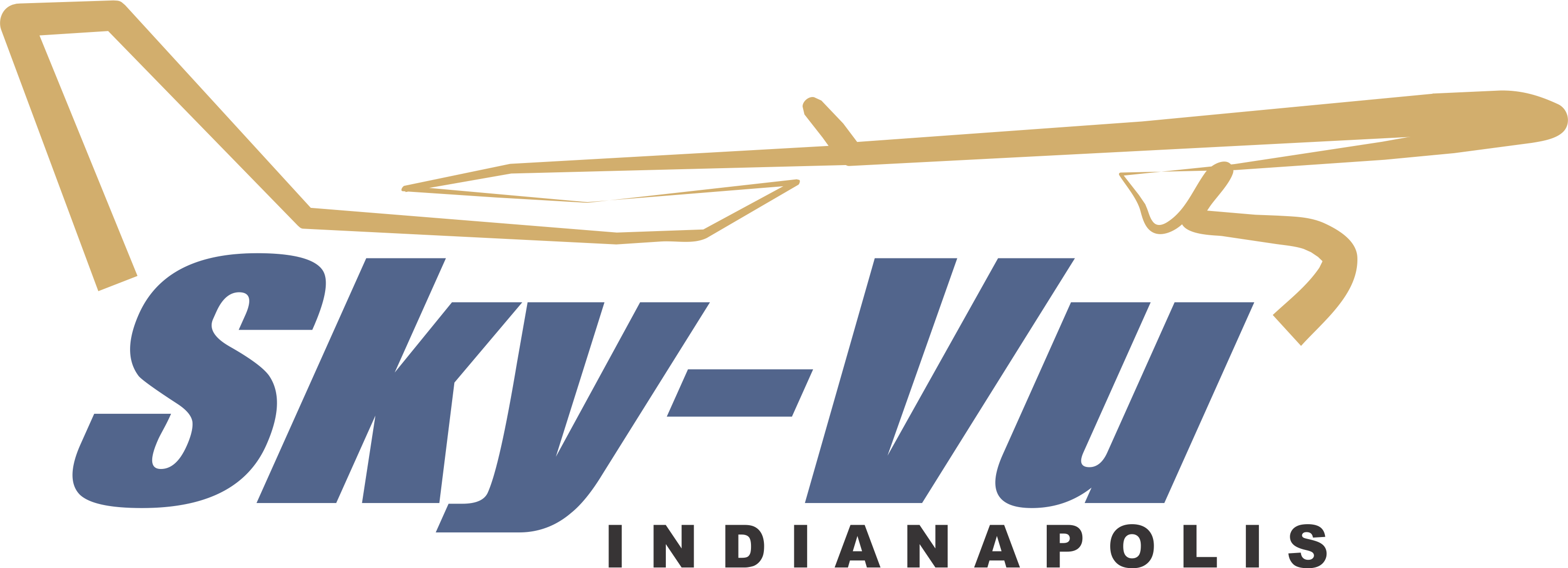Guys,
We have a very nice airplane in N716CD. I am in love!! I flew 3.2 Hobbs hours yesterday, and shot 10 landings. I got through the entire VFR syllabus and even ended by shooting the RNAV-18 approach at TYQ. One more day like today and I will be signed off! Quite honestly, I feel like I would be safe and comfortable to fly it solo VFR now (but of course I will not until signed off).
First of all, if you are reasonably proficient in a 182, you should have no problem handling this airplane. I was apprehensive about that going in, but my fears are put to rest. Aside from being slightly left-of-center on a few of my landings, I am very pleased with all 10 of them. Most of them were greasers. None of them were hard or bouncy. A couple of times I let the airplane get too slow during the round-out and I ran out of up elevator (hit the stop) a couple feet high. The SOP for that situation is to add a little power, and when you add power, you have to coordinate with the correct amount of right rudder. That all takes some practice to do it smoothly. Those landings weren’t bad, they just felt a little uncoordinated. The moral of the story is to get the final approach and round-out speeds right. 80 kts over the fence is about perfect (with no crosswind). Aside from that, I thought it was rather easy to fly and land. After a little practice I did not have issues with speeds in the pattern. I did notice that during pattern takeoffs and landings, you get up to 120-130-140 kts pretty quick after turning on the downwind. After some experience, I started reducing power as I turned onto the downwind leg even before reaching pattern altitude. I tried to keep the airspeed below 120 for the downwind leg so that flaps 50 were available at any time. Once at pattern altitude, you can drop power to about 30% for the remainder of the circuit.
At cruise we were at the “best economy” power setting (70%) with the engine lean of peak +50 degrees, 6500 feet in calm winds. KIAS was around 150, ground speed was 169 kts. Fuel flow was 14.8 gpm.
Take-offs are a kick in the pants. Power seems to come on in stages as the prop governor figures out and reacts to the full power setting. It does take a fair amount of right rudder to hold center, but it’s really not that hard to do.
The side stick takes about 3 minutes to get used to. The only real issue that I had was a couple of times I was hand-flying and I wanted to do something with my left hand, and I found myself reaching for the right side of the control yoke with my right hand. Aside from that the side stick is a non-issue.
We did some power-off approaches (simulated engine failures). This airplane does drop like a rock without power. We were high enough and close enough to Sheridan for me to make that airport on the first one, but without some coaching I would not have. Dave told me to point the airplane at the airport way earlier than I “felt” like I should. He was right. The second time I came in high and had to slip to lose some altitude. It literally felt like we were falling out of the sky. I’ve never had that sensation before.
That’s about all I can think of for now.

Recent Comments